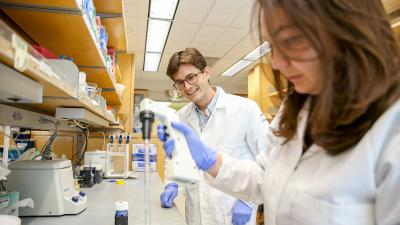UCSF Tops US News Global University Rankings in 9 Research Areas
Now in its sixth year, the Best Global Universities rankings focus on schools’ academic research and reputation.
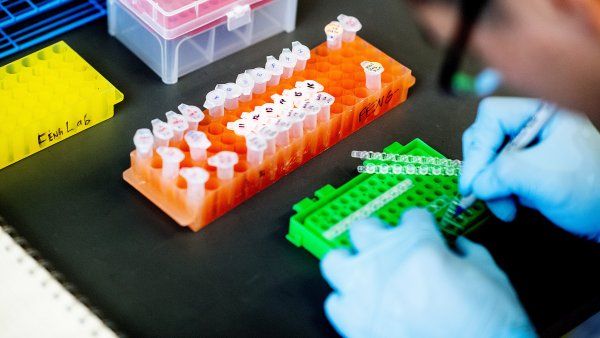
University of California San Francisco
Give to UCSFNow in its sixth year, the Best Global Universities rankings focus on schools’ academic research and reputation.

Research team has detected the immunological remnants of a common seasonal virus in spinal fluid from dozens of patients diagnosed with acute flaccid myelitis (AFM). The findings provide the clearest evidence to date that AFM is caused by an enterovirus (EV) that invades and impairs the central nervous system.
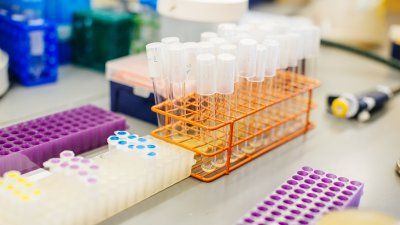

The UCSF scientists who identified the two known human genes that promote “natural short sleep” have now discovered a third, and it’s also the first gene that’s ever been shown to prevent the memory deficits that normally accompany sleep deprivation.
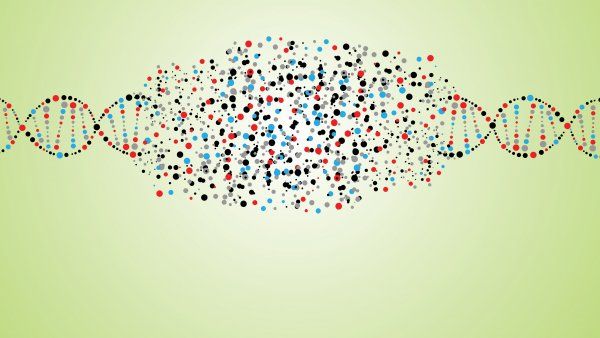
International team of researchers report progress in using stem cells to develop new therapies for Pelizaeus-Merzbacher disease, a rare genetic condition affecting boys that can be fatal before 10 years of age.
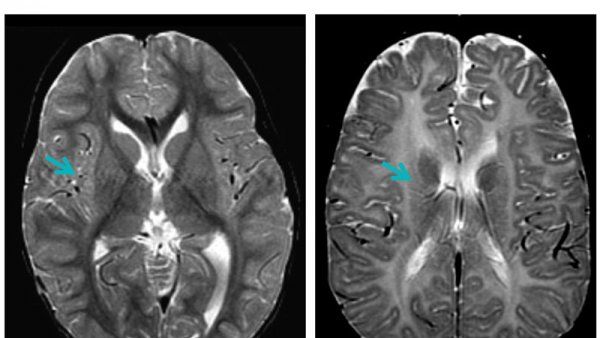
Julius received the prize “for discovering molecules, cells, and mechanisms underlying pain sensation.”

Researchers discovered a scorpion toxin that targets the “wasabi receptor,” which they think it can be used as a tool for studying chronic pain and inflammation, and may eventually lead to the development of new kinds of non-opioid pain relievers.
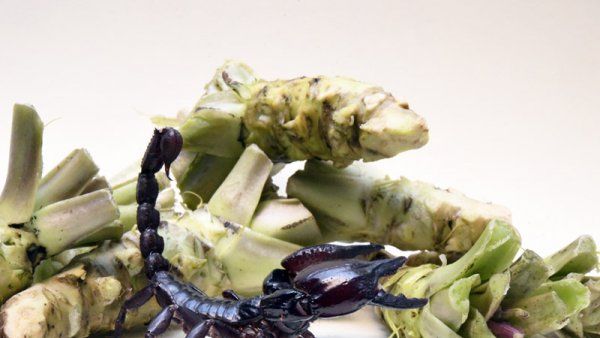
Study shows that the adult-to-iPSC conversion process can mutate DNA found in mitochondria, causing mice and humans to reject iPSCs, and stem cell transplants more generally.
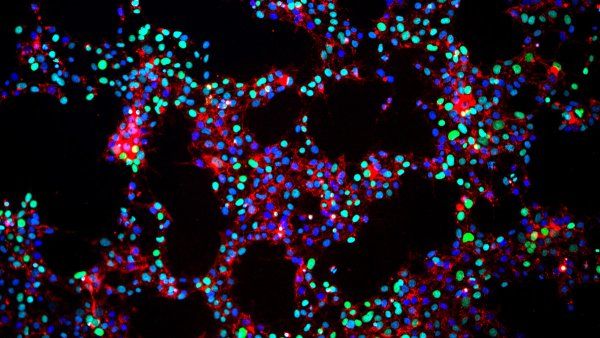
In a paper researchers describe a technique that uses a special version of CRISPR developed at UCSF to systematically alter the activity of genes in human neurons generated from stem cells, the first successful merger of stem cell-derived cell types and CRISPR screening technologies.
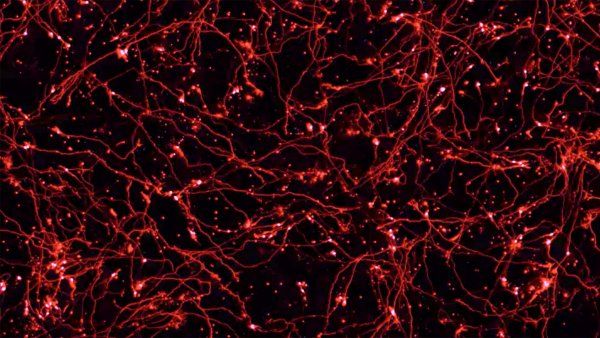
Researchers devised “smart” cells that behave like tiny autonomous robots which may be used to detect damage and disease, and deliver help at just the right time and in just the right amount.
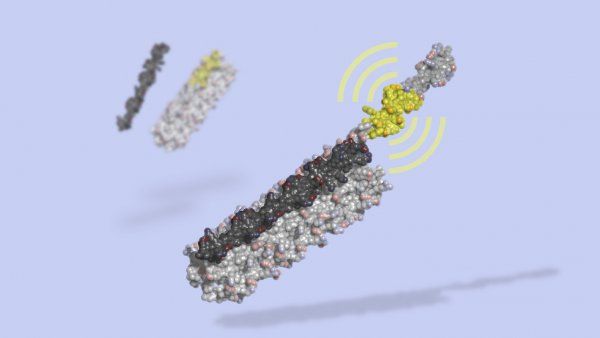
A new study from UCSF suggests that a protein found in the common bullfrog may one day be used to detect and neutralize a poisonous compound produced by red tides and other harmful algal blooms.

A two-week course of an experimental immunotherapy called teplizumab dramatically reduced type 1 diabetes (T1D) diagnosis rates in people at high risk for the disease, according to newly published
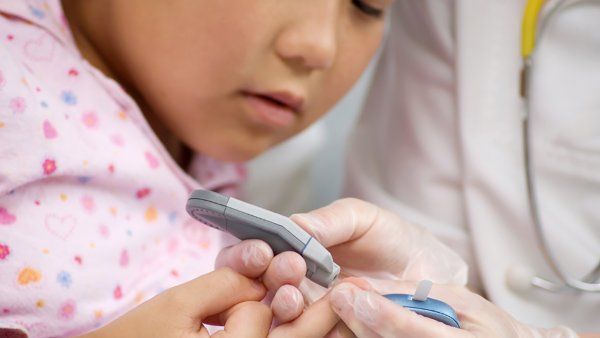
The program, supported by philanthropists Herb and Marion Sandler, funds ideas that challenge generally-accepted theories and have potentially transformative effects.
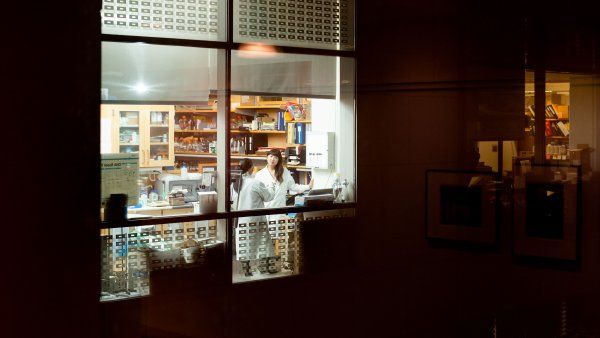
A research team led by scientists at UC San Francisco and the Chan Zuckerberg Biohub has developed a new CRISPR-based diagnostic tool, dubbed FLASH, that can rapidly identify any drug-resistant
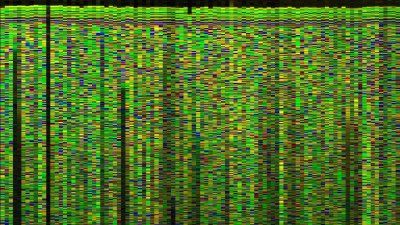
Chuang and Keiser have shown how machine learning could lead scientists astray and how scientists might, in the future, avoid some of the pitfalls of training computers to be scientists.

UCSF researchers developed a strategy for targeting a key molecule implicated in Parkinson’s disease, opening up a potential new treatment strategy for the currently incurable movement disorder.
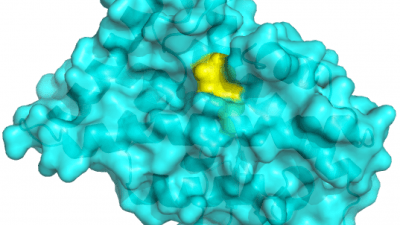
UCSF lab found that a chemical that acts as a neurotransmitter in the nervous system is essential for cytonemes to mediate cell-to-cell communication between non-neural cells.
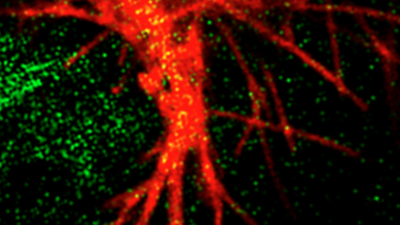
More than a thousand projects across the University received federal funding from the National Institutes of Health in 2018, totaling more than $647.8 million.
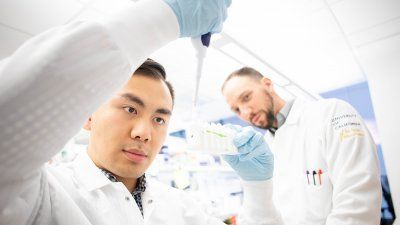
Scientists at UCSF, in collaboration with colleagues at UNC, have developed the world’s largest virtual pharmacology platform and shown it is capable of identifying extremely powerful new drugs.
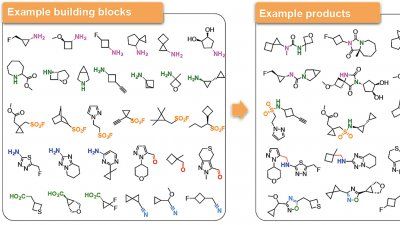
The first recipient of QBI's Scholarship for Women from Developing Nations in Biosciences returns to Uganda with tools for success.
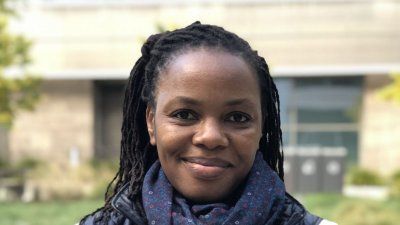
The Dyad project will help address the shortage of mental health providers in California and support a team-based approach to clinical medicine.
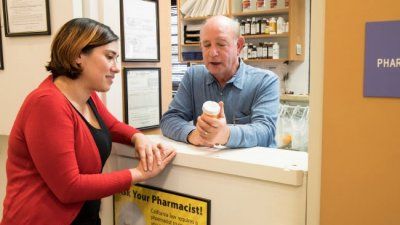
In laboratory experiments, UCSF researchers successfully beat back the growth of aggressive liver cancers using a surprising new approach.
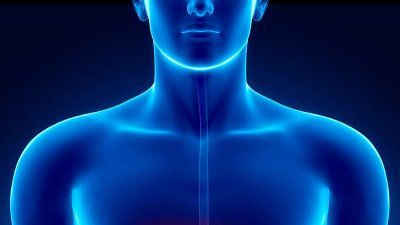
Scientists identified key ways Ebola, Dengue, and Zika viruses hijack the body’s cells, and they found at least one potential drug that can disrupt this process in human cells.
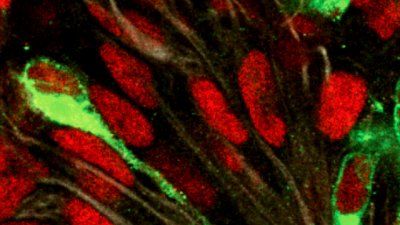
A weighty new study shows that CRISPR therapies can cut fat without cutting DNA.
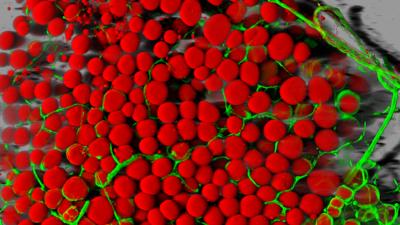
UCSF researchers have devised a CRISPR-based system called SLICE, which will allow scientists to rapidly assess the function of each and every gene in “primary” immune cells.
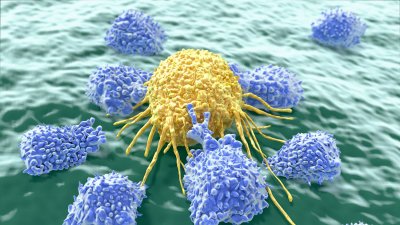
UCSF demonstrates that cancer is a clever engineer, capable of constructing entirely new disease-promoting networks out of raw materials readily available in the cell.
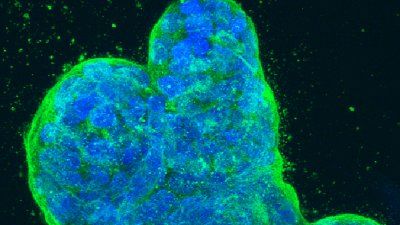
The Quantitative Biosciences Institute attracts investigators on the basis of the tools and techniques they employ, rather than the diseases they study.
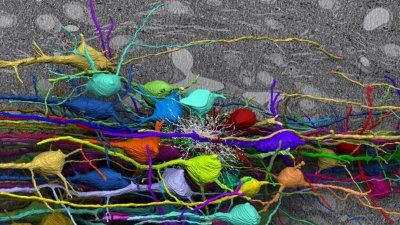
Seven UCSF research subject areas were ranked in the top 10 globally by US News & World Report.
